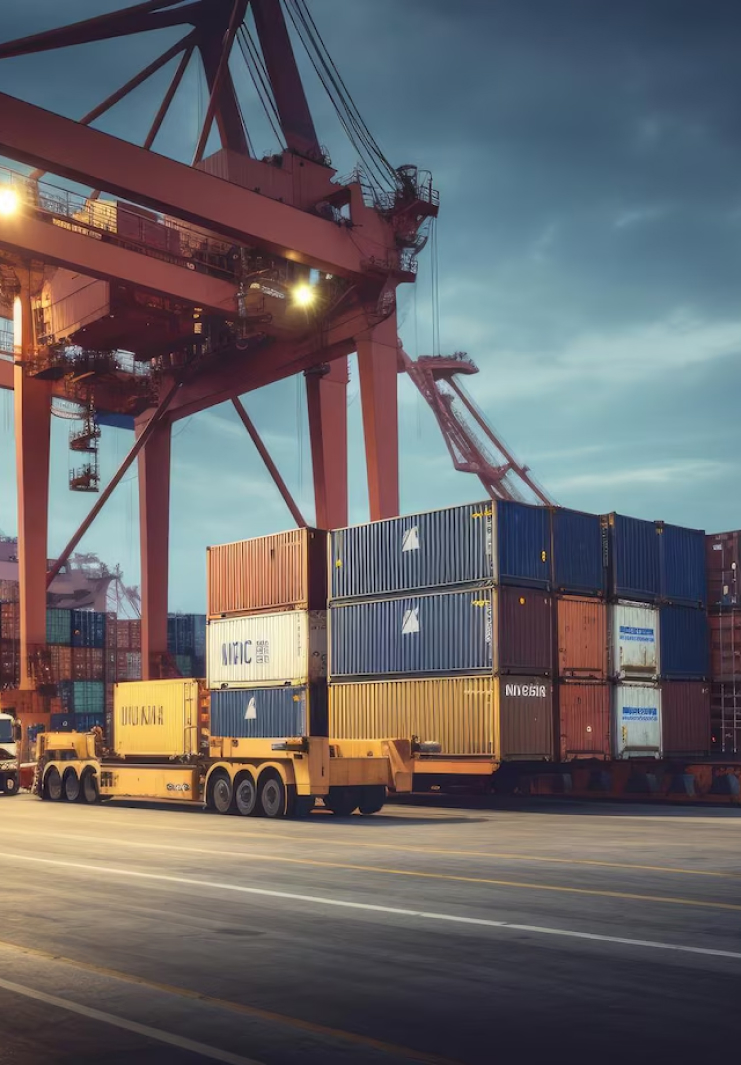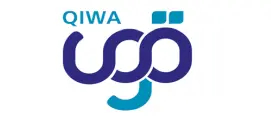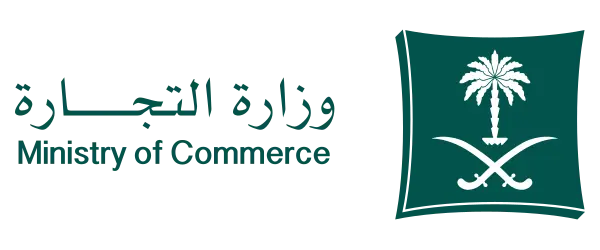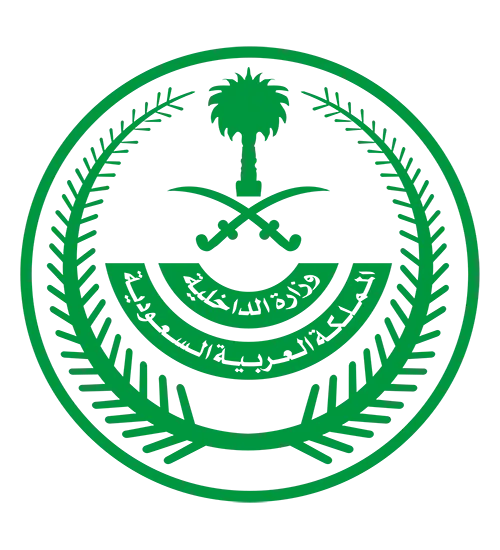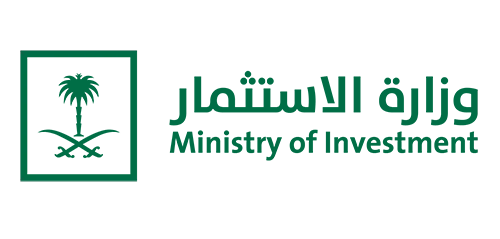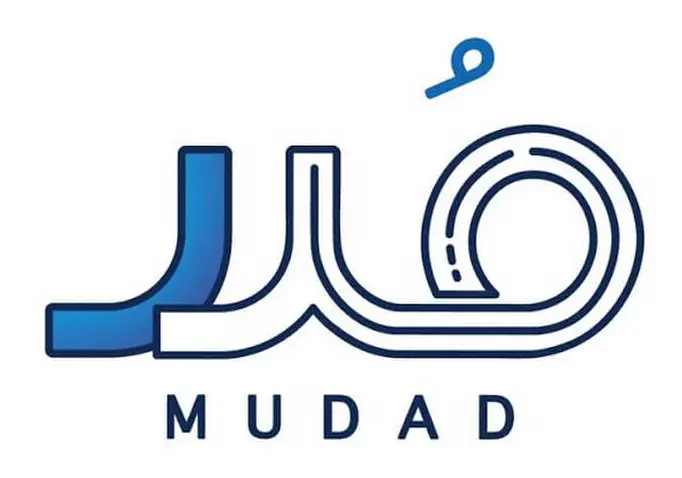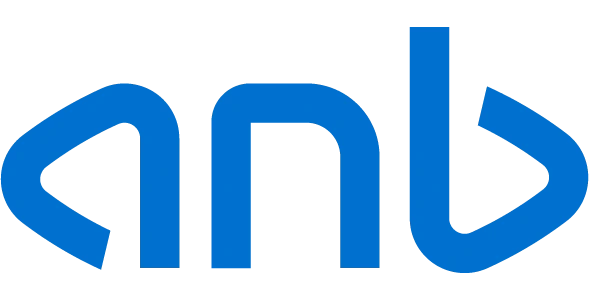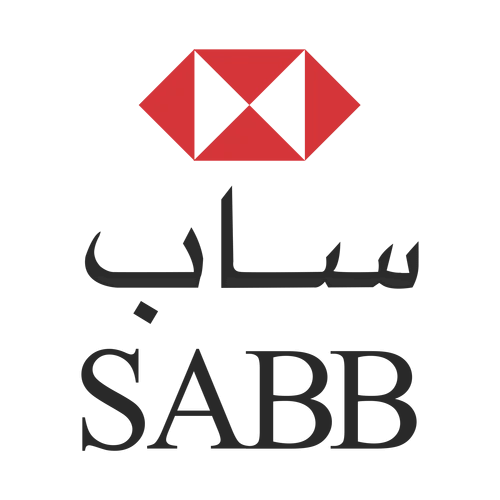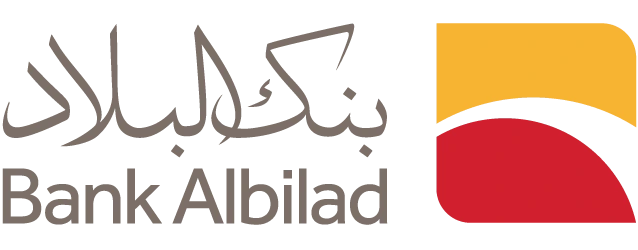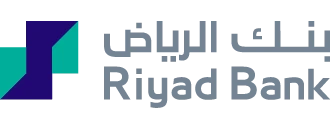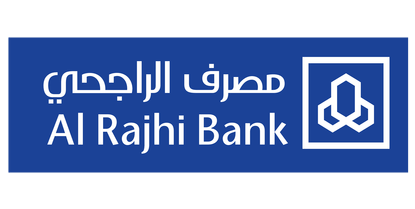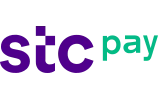Investor Journey
Registration Process and Required Documentation
Integrated Services
A Digital Mark in Every Service
Comprehensive business solutions designed to support investors, entrepreneurs, and companies entering the Saudi market.
Insights & Articles
Expert guidance and fresh perspectives to help you navigate business in Saudi Arabia.
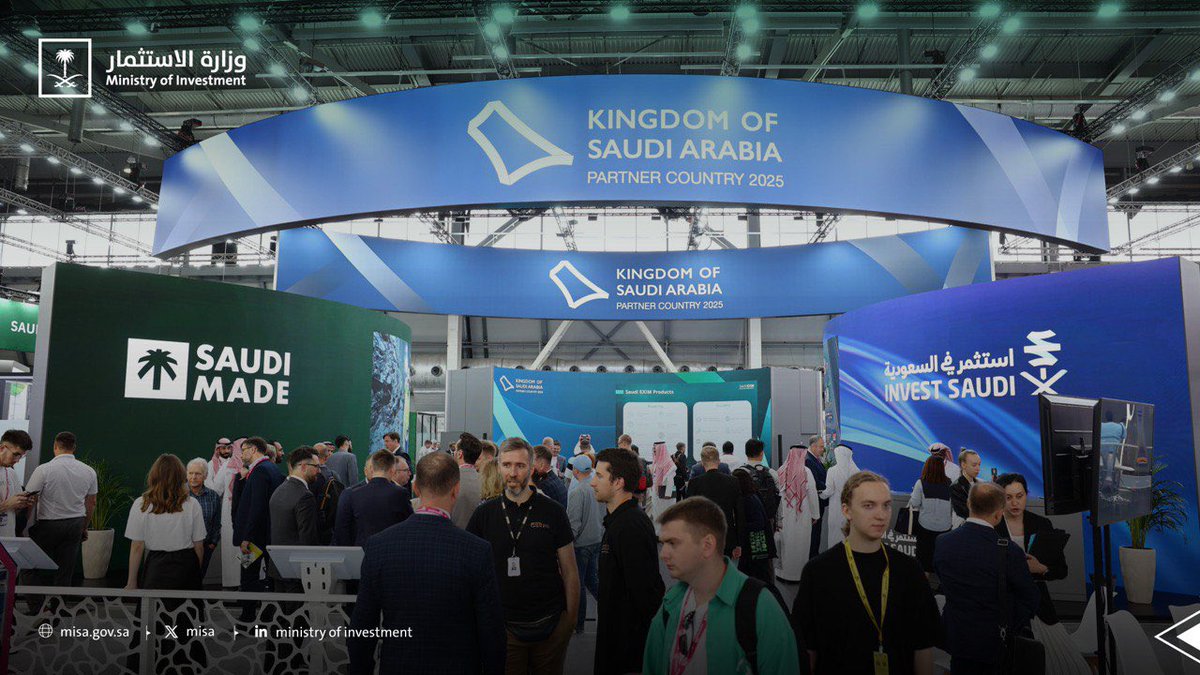
10 Steps to Setting Up Your Business in Saudi Arabia
Comprehensive Guide: 10 Steps to Setting Up Your Business in Saudi ArabiaI. Introduction: Saudi Arabia – A Promising Inv
Read More
General Organization for Social Insurance in Saudi Arabia
Summary
The General Organization for Social Insurance in Saudi Arabia is a fundamental pillar of social protection, ope...
Read More
Subsidiary Companies in Saudi Arabia
XI. Summary
The Kingdom of Saudi Arabia has made significant strides in creating an attractive and facilitated invest...
Read More
